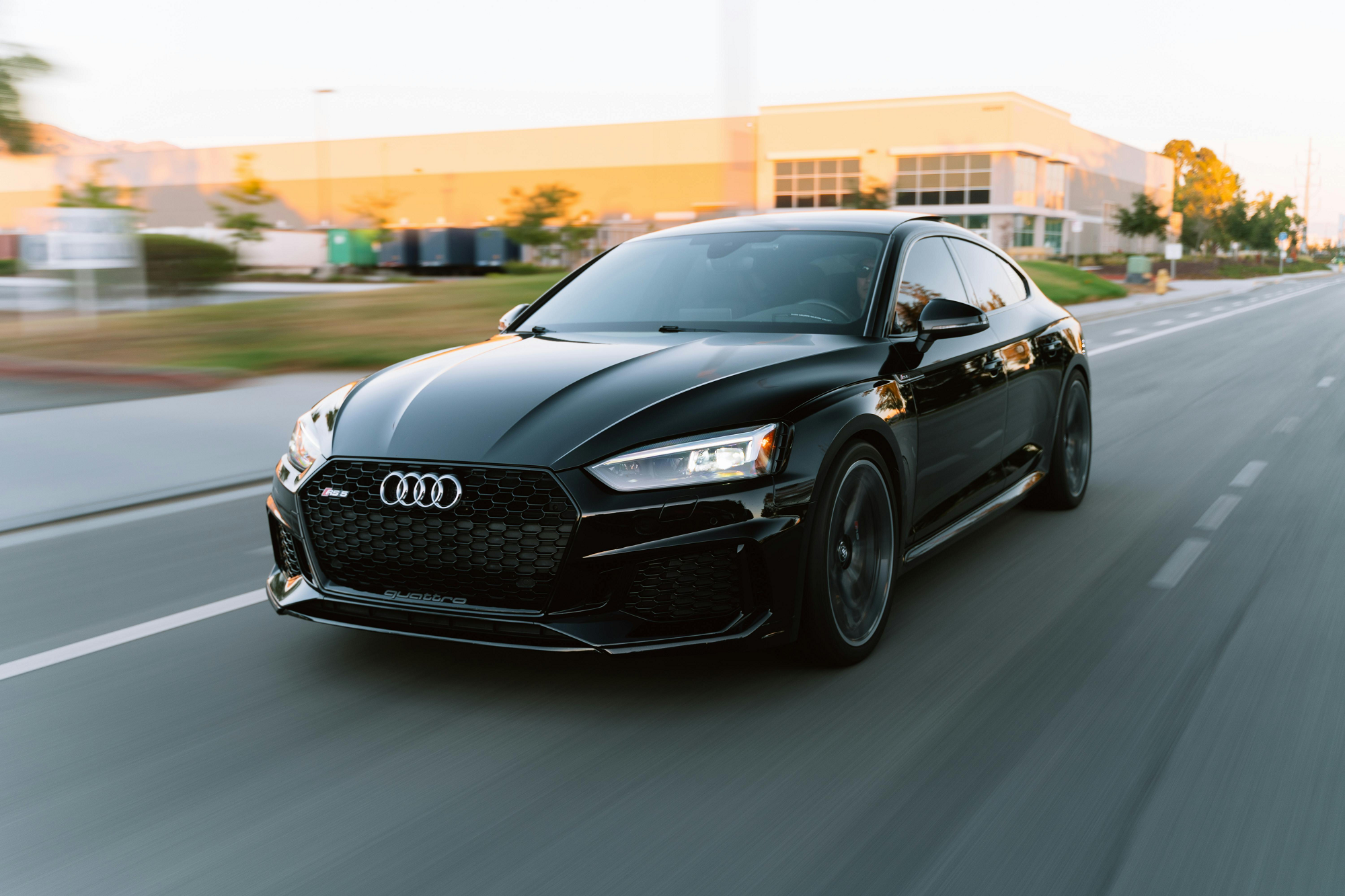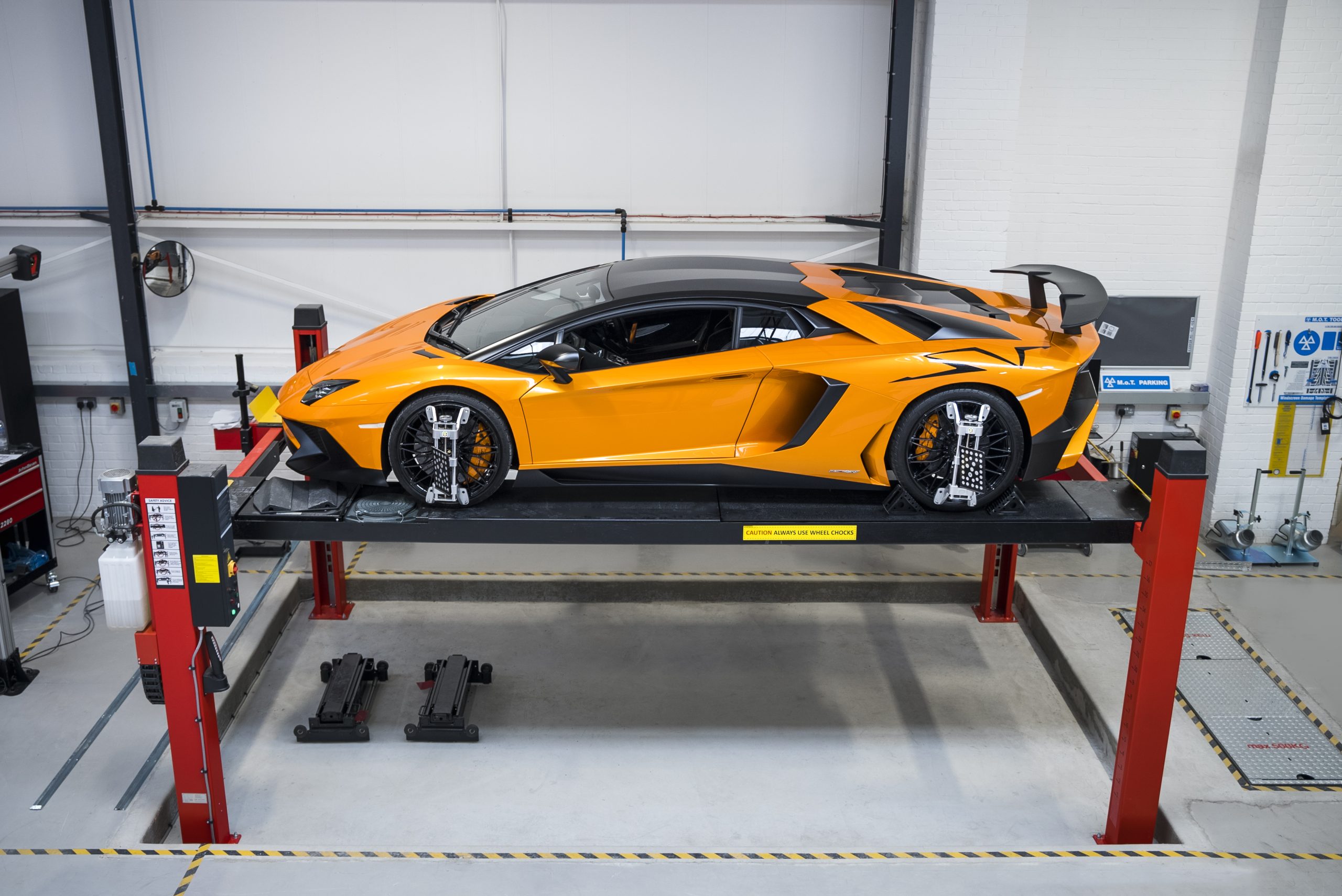
McLaren P1 production comes to an end
The final McLaren P1 hypercar has rolled off the production line at McLaren’s Woking headquarters, bringing to an end the planned production run of 375 cars.
The ending of P1 road car production at Woking leaves just one car in McLaren’s ‘Ultimate Series’ range of cars: the 986bhp P1 GTR, production of which is due to end early next year. From then on, attentions will turn to the P1’s successor, which is unlikely to appear before 2020.
Speaking about the future of the Ultimate Series, McLaren boss Mike Flewitt said: “The McLaren P1 has already established itself as an icon, and any car that is to continue the lineage of the Ultimate Series will need to be a worthy successor – a significant step-change in technology or performance is required to ensure this is the case. The future is undecided at this stage, which is an exciting proposition.”
The P1 was first shown as a design study at the Paris motor show in 2012, before being seen in final production form at the Geneva show in 2013. All of the planned 375 cars were sold before the car entered production in the summer of 2013, with the price tag set at £866,000.
Powering the P1 is McLaren’s now staple 3.8-litre twin-turbo V8 engine, which produces 727bhp and 531lb ft of torque. The engine is mated to two electric motors, which boost total outputs to 903bhp and 664lb ft. The P1 is capable of reaching 62mph from a standing start in 2.8sec and has a top speed of 217mph.
The P1 quickly became part of a hypercar triumvirate which also included the 950bhp Ferrari LaFerrari and 875bhp Porsche 918 Spider. The three models are now known as the ‘holy trinity’ to owners.
Only two P1s are currently on sale in the UK, both on the used car market. The first only has delivery mileage and is being offered by luxury car company Prindiville for £1.8 million. The second is being offered by Coutts Automobiles for £2m.
In total, 21 examples of the P1 were built for development and product testing prior to the main production run of 375 cars. A total of 800 hours were used to complete the production run, shared between 105 people. Europe accounted for 26% of the production run, with America taking the lion’s share, at 34%.
RECENT POSTS
SERVICES
Contact Us
"*" indicates required fields








